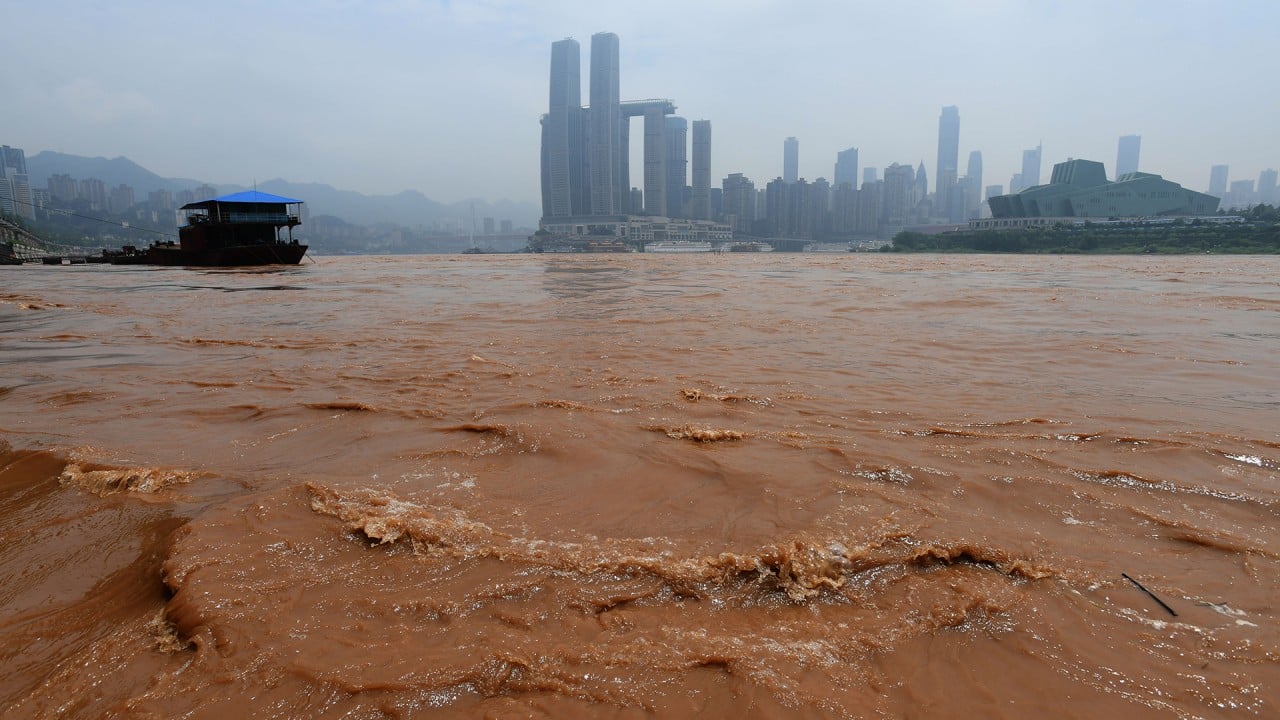
How China built the world’s largest arch dam in just four years
- The speed of Baihetan’s construction has raised eyebrows, in a country where rapid infrastructure building is the norm
- Project team says it would not have been possible without the extensive use of artificial intelligence
When China’s newest hydropower plant is completed in July, it will produce 16 times the energy of the Hoover Dam in the United States.
China faces uphill struggle to win over Mekong neighbours
But it is the speed of the project, in the southwestern province of Sichuan, that has raised the eyebrows of experts, even in China, where rapid infrastructure construction is the norm. Despite many civil engineering difficulties, including treacherous terrain and a remote location, Baihetan has taken just four years to build.
“In my opinion, this could be the most challenging hydropower project ever,” said Deng Jianhui, professor with Sichuan University’s College of Water Resources and Hydropower in Chengdu.
The Three Gorges Dam, with its lower height and more convenient location, took eight years from the start of cement pouring in 1998 to its completion. It remains the world’s largest, with Baihetan coming in second. But the latter has a more complex arch construction, to adapt to the deep gorge.
“Since [Three Gorges], lots of progress has been made in dam construction in China. Baihetan is the latest and probably the best example,” Deng said.
The 170 billion yuan (US$26.1 billion) dam will start generating electricity on July 1, when the Chinese Communist Party celebrates its centenary. It will be able to produce more than 62 terawatt hours of electricity a year and reduce carbon dioxide emission by 52 million tonnes, helping the country meet its carbon neutralisation target by the middle of this century.

02:17
China’s Three Gorges Dam faces severe flooding as Yangtze overflows
According to the project team, what sets the Baihetan project apart is its massive use of artificial intelligence technology. Almost everyone involved, from site workers to engineers, quality inspectors and senior managers, have been governed by an AI system that gets smarter every day.
In a paper published this month in the Journal of Tsinghua University, the project team led by senior engineer Tan Yaosheng said AI had “significantly improved the operation efficiency [and] set a world record of arch dam construction”.
In the past, decision making relied entirely on project managers, but even the most experienced and hardworking manager would be unable to handle all the information streaming in 24 hours a day. For instance, coordinating the thousands of trucks over the entire site was a task beyond even the best managers.

06:40
The Yangtze River: Why China’s ‘beating heart’ is too big to fail
Under human control, too many trucks streaming into one cement pouring site could result in a long waiting line, easily slowing down the pace of construction. To overcome this problem, the AI used satellite positioning and a 4G network to tell each driver where to go and when.
The system constantly adjusted traffic by monitoring cement mixing plants, cable machines, real-time demand on the pouring site, and remapping routes instantly if required. Accidents were rare, because the AI would “issue an early warning and push the information to site management personnel to eliminate a mistake before it became a problem,” said Tan and his colleagues.
Cracks are one of the worst things that can happen to a dam, and they can occur during construction. When cement meets water, it releases a large amount of heat and if temperatures vary at different parts of the dam, cracks will occur. According to Tan’s paper, thanks to the precise AI control on cement mixing, pouring and cooling, the quality inspector has found none.
Will China’s five-year plan nurture the ecosystem needed for innovation push?
A hydropower scientist with Tsinghua University said the use of AI in dam building was trendy, but the importance of the technology must not be exaggerated. “The human factor is still No 1. A smart machine may improve efficiency, but it cannot replace human hard work and diligence. Depending on AI too much can produce a false sense of security,” said the researcher, who was not involved in the project and asked not to be named due to the sensitivity of the issue.
The Baihetan project has not been without controversy. More than 100,000 residents have been relocated from the flooding area and some environmentalists have protested that habitat for rare plant and animal species will be destroyed when the waters start rising this month.
Some researchers also worry the dam will further affect endangered fish and other aquatic species in the lower sections of the Yangtze, China’s largest river.

